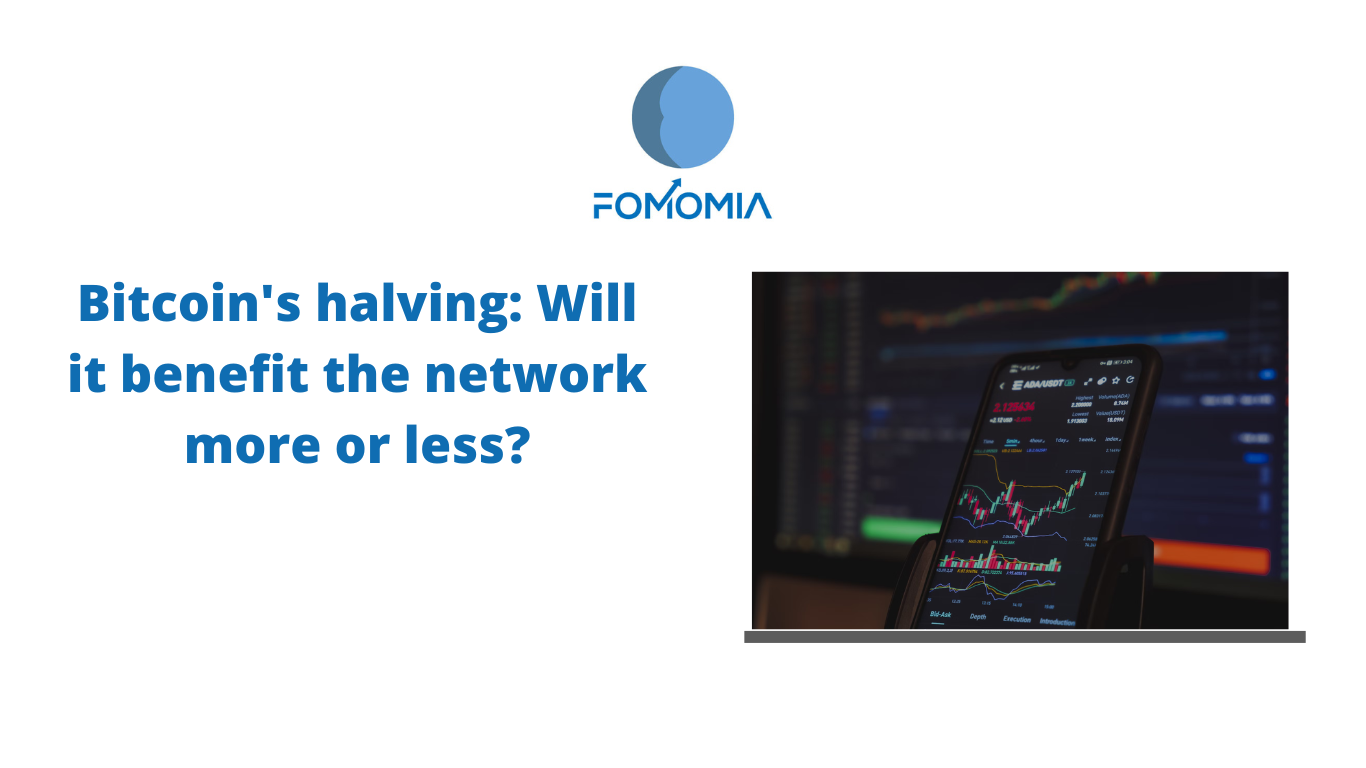Bitcoin's halving Will it benefit the network more or less
The Bitcoin price will be halved on a certain date every four years. The incentive that miners earn for validating transactions on the Bitcoin network is reduced by half during the halving. As a result, there are fewer new Bitcoins entering the market, increasing the cryptocurrency's rarity.
The price of Bitcoin has been significantly impacted by halvings. The price of Bitcoin has risen dramatically in the months and years following each of the previous three halvings. For instance, following the initial halving in 2012, Bitcoin's price shot up from about $10 to over $1,000 in 2017. In 2016, after the second halving, Bitcoin's price soared from about $600.
The price of Bitcoin typically rises after halving for a number of reasons. First, by halving the supply of Bitcoin, it becomes more valuable because of its increased rarity. Second, halvings might encourage investors to be optimistic because they show that the Bitcoin network is still expanding and prospering. Third, because they offer the chance to purchase Bitcoin at a lower price, halvings can draw new investors to the Bitcoin network.
Halvings have had a big impact on the adoption of Bitcoin, in addition to their effect on price. More individuals are starting to consider Bitcoin to be a profitable investment as its price has risen. As a result, there is now more demand for Bitcoin, which has accelerated its adoption.
Halvings can, however, potentially hurt the Bitcoin network in several ways. First, halvings can make mining bitcoins less profitable. This can cause the network's hashrate to drop, which might make it more open to intrusions.
Second, price halvings may make Bitcoin more volatile. Due to their preference for more secure investments, institutional investors may find cryptocurrencies less alluring as a result.
Third, price halves might cause a greater concentration of wealth in Bitcoin. This is due to the possibility that existing Bitcoin miners may have an advantage over new miners, making it more challenging for newcomers to join the network.
Is the network going to benefit or suffer from the Bitcoin price halving?
This question does not have an easy solution. Halvings affect the Bitcoin network in both positive and negative ways.
On the one hand, halvings assist in preserving Bitcoin's scarcity, which is crucial to its value. They also encourage investor optimism, which may encourage the adoption of cryptocurrencies.
On the other side, halvings can make mining Bitcoin less profitable, which could make the network's security less robust. They may also make the price of Bitcoin more volatile, which might make it less desirable to institutional investors.
The final effect of the Bitcoin halving on the network will be determined by a variety of variables, such as how the price of Bitcoin changes, how mining technology advances, and how cryptocurrencies are regulated.
Conclusions
An important event that could have a big influence on the network is the half of the Bitcoin supply. When deciding whether to participate in the Bitcoin network, investors and other users should take both the advantages and disadvantages of halvings into account.
Additional information
There are a few other aspects to consider when analyzing the effects of the second Bitcoin halving in addition to the reasons listed in the article.
First, the financial landscape on a global scale is dynamic. Major occurrences in the economy, like a war or a recession, could have an effect on the price of bitcoin.
Second, the market for cryptocurrencies is still relatively new. It's possible that the halving will affect the price of Bitcoin differently than it has in the past.


